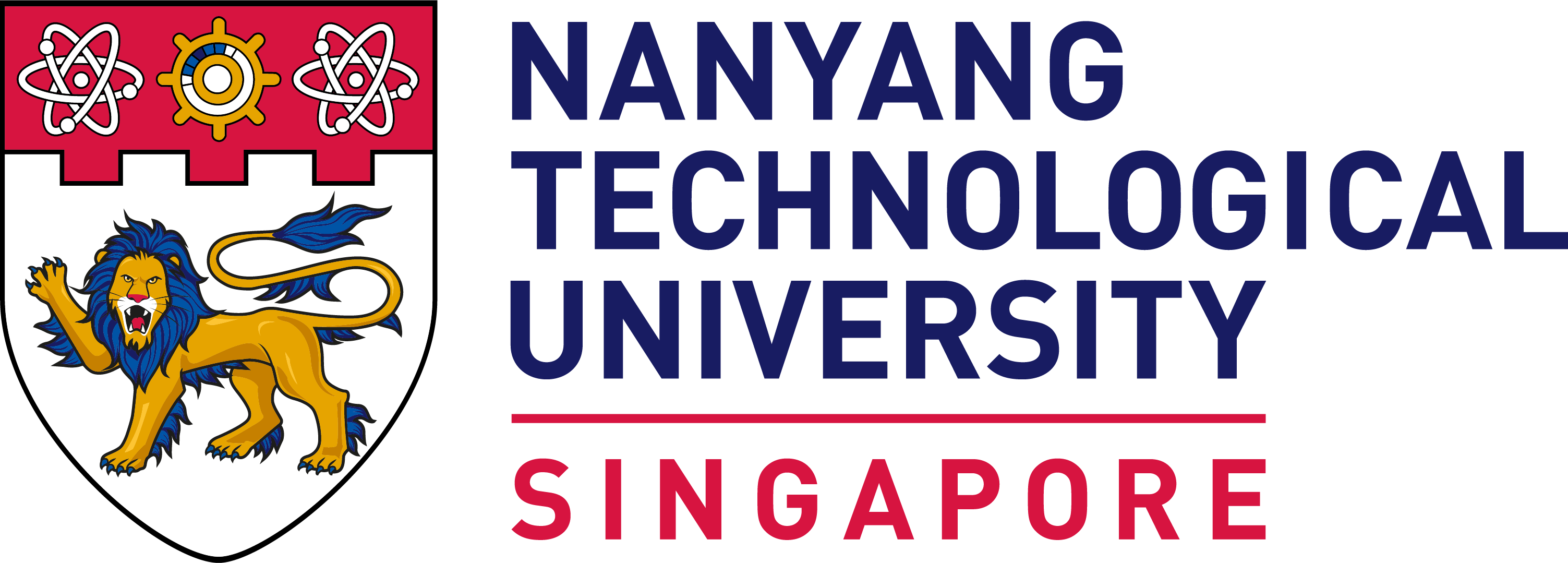No Fires, So Why the Haze? Understanding Singapore’s Poor Air Days Through the Lens of Science
Prof. Steve Yim and his team at NTU explain why calm winds, not transboundary fires, triggered Singapore’s late-March haze, and how 3D LIDAR monitoring is reshaping air quality forecasting.
Singapore, March 2025 – From March 25 to 27, residents across Singapore experienced an unexpected wave of hazy weather. Despite no fires in the region, PM2.5 levels rose, and the Pollutant Standards Index (PSI) climbed into the moderate range.
According to Associate Professor Steve Yim, Director of our CCEH Centre and atmospheric scientist at NTU’s Asian School of the Environment and Lee Kong Chian School of Medicine, the poor air quality was not caused by transboundary haze, but rather unusual atmospheric conditions.
“We detected calm winds in Singapore’s lower atmosphere during those days – weather conditions that are unfavourable for dispersing air pollutants,” said Prof. Yim.
This insight was made possible by a cutting-edge system developed by his team: the 3DREAMS@SG (3-Dimensional Real-time Atmospheric Monitoring System). This network includes three LIDAR-equipped stations capable of measuring wind and aerosol patterns up to 12 km above ground.
One station sits atop the Earth Observatory of Singapore at NTU, another at Raffles Girls’ School (Secondary), and a third is being installed in northern Singapore.
On March 25, data from 3DREAMS@SG revealed a highly stable layer of the atmosphere forming after 5pm. Combined with near-calm surface winds, this created poor vertical and horizontal air movement, effectively trapping pollutants near ground level.
“Local emissions — from vehicles, industry, and maritime sources — accumulated quickly due to the stagnant air,” said Dr. Tao Huang, a key researcher on the project.
These findings show how Singapore’s inter-monsoon period, typically marked by weaker winds and frequent sea breezes, can lead to severe air stagnation events — even without external pollution sources.
Prof. Yim also warned of future risks:
“As climate change alters wind patterns and atmospheric stability, these stagnant conditions may become more frequent or prolonged.”
The NTU team’s work goes beyond monitoring. By integrating 3D LIDAR data with AI and satellite tools, they’re improving air quality forecasting to guide public health responses and help prepare healthcare systems during pollution episodes.
Ultimately, tools like 3DREAMS@SG allow Singapore to shift from reactive to proactive environmental health management — ensuring timely public advisories, better urban planning, and protection for vulnerable groups.

